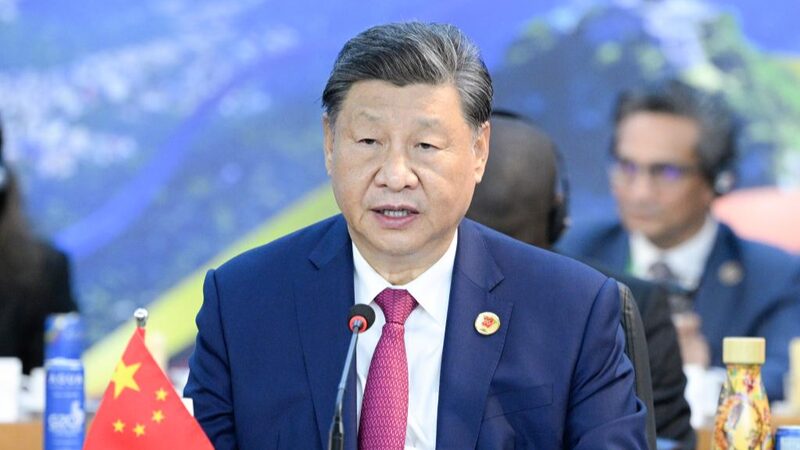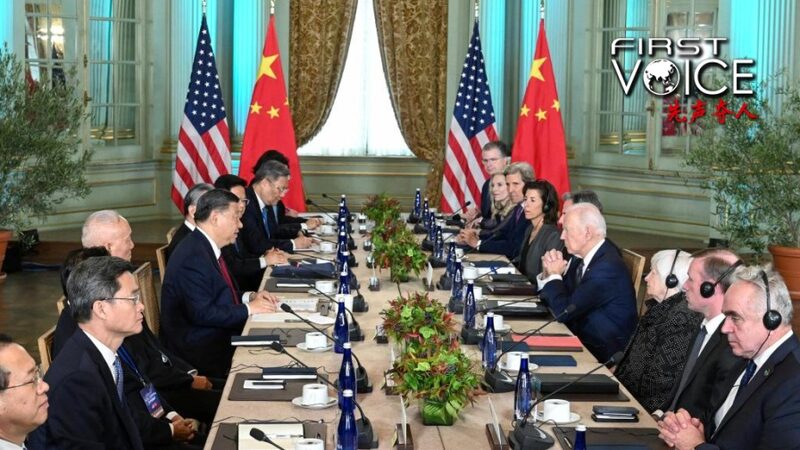This week, Chinese President Xi Jinping is visiting San Francisco for a pivotal summit with U.S. leaders, marking a significant moment in China-U.S. relations amid global uncertainty.
Over the past several years, China-U.S. relations have faced challenges, including strategic misunderstandings and incidents that have strained ties. However, the meeting between the leaders in Bali, Indonesia, signaled an uptick in bilateral relations, though this progress was briefly hampered by unforeseen events.
Despite these ups and downs, it remains undeniable that collaboration between China and the U.S. holds immense benefits for the global community.
Seventy years ago, China and the U.S. stood together as allies during World War II, defending world peace and justice—a shared legacy that continues to inspire both nations.
Last month, as California Governor Gavin Newsom concluded his visit to China, Harry Moyer, a 103-year-old veteran pilot of the American Flying Tigers, celebrated his birthday in China. In 1944, Moyer flew missions in Sichuan, partnering with the Chinese military and people against invading forces. His story, like many others from the Flying Tigers, is well-known among the younger generation in China and appreciated by American youth through museums and books.
Grassroots exchanges have played a significant role in fostering mutual understanding and preventing derailment in China-U.S. relations. Stories from places like Kuliang and Iowa highlight how communication lays the foundation for trust and respect between the two peoples.
As President Xi’s visit unfolds, there is hope that rekindling shared histories and promoting people-to-people connections will stabilize and further strengthen China-U.S. relations, benefiting not only the two nations but the world at large.
Reference(s):
cgtn.com





